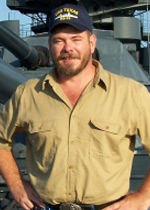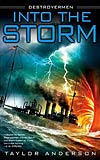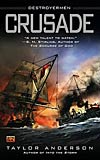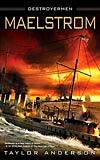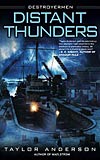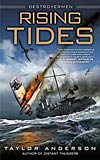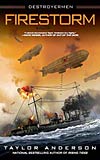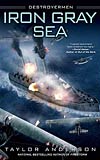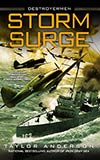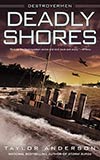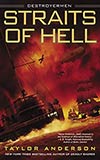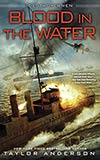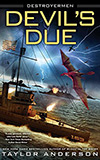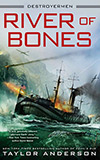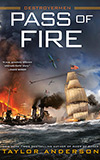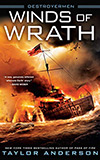Taylor Anderson
| Full Name: | Taylor Anderson |
| Born: | November 23, 1963 |
| Occupation: | gunsmith, history professor, author |
| Nationality: | American |
| Links: |
Biography
Taylor Anderson has a Master's Degree in History and teaches that subject at Tarleton State University in Stephenville, Texas. He is the author of a historical work entitled "The Life and Tools of the Rocky Mountain Free Trapper" and a number of short stories and articles. He also won several Inter-Collegiate Press Association awards while a student. He is a voracious consumer of literature of every description and a careful and meticulous historian. Besides his academic accomplishments, he is a gun-maker and forensic ballistic archeologist, having collaborated with numerous museums as well as the National Parks Service and the U.S. Army. He is a technical and dialogue consultant for movies and documentaries and has even done some acting. A list of productions in which he has been involved is available, but it is safe to say he has played at least an advisory role in many of the movies made in the last 15 years that involved 19th and early 20th Century combat.
He is a member of the National Historical Honor Society and the United States Field Artillery Association--from which he was awarded the Honorable Order of St. Barbara. He owns a collection of 18th and 19th century artillery pieces and fires them with live rounds for movie sound, documentaries, competition and fun. His cannons have also appeared in many films. He knows precisely what they are capable of and that is reflected in his writing.
As a sailor, he is conversant in the capricious vagaries of the weather and the sea and as a historian, he is trained to research what he is unable to experience first-hand. Careful research was essential to writing Destroyermen because one of the main characters is, after all, USS Walker. Over 270 "four-stacker" destroyers were built during and after WW I, but none remain today. Anderson spent thousands of hours researching the class and volunteering to work on the restoration of a similar type ship.
He also wanted the "alternate Earth" he created for the story to seem as though it could realistically have evolved the way it did. That required studying the most recent theories regarding prehistoric life and scientifically extrapolating evolutionary trends based on millions of years of environmental fluctuations. The result is a novel that is far more unusual and thought provoking than the basic "alternate history/universe" premise might imply.
He was moved to write Destroyermen because he has long been inspired by the sacrifice made by the men (and women) of the U.S. Asiatic Fleet at the outbreak of WW II. Long neglected by historians, the stand they made truly ranks with Thermopylae, The Alamo, Bastogne and Wake Island. He hopes to keep alive, at least peripherally, their memory. The alternate history/fantasy angle finds an opening because some of the ships of the Asiatic Fleet really did disappear without a trace.
Works in the WWEnd Database
|
|
|
|
|
|||||||||||||||
|
|
|
|
|
|||||||||||||||
|
|
|
|
|
|||||||||||||||
|
|
|
|
|
|||||||||||||||














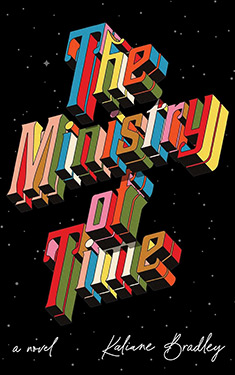
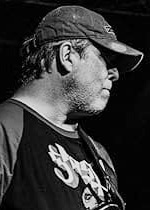



 Full Details
Full Details

